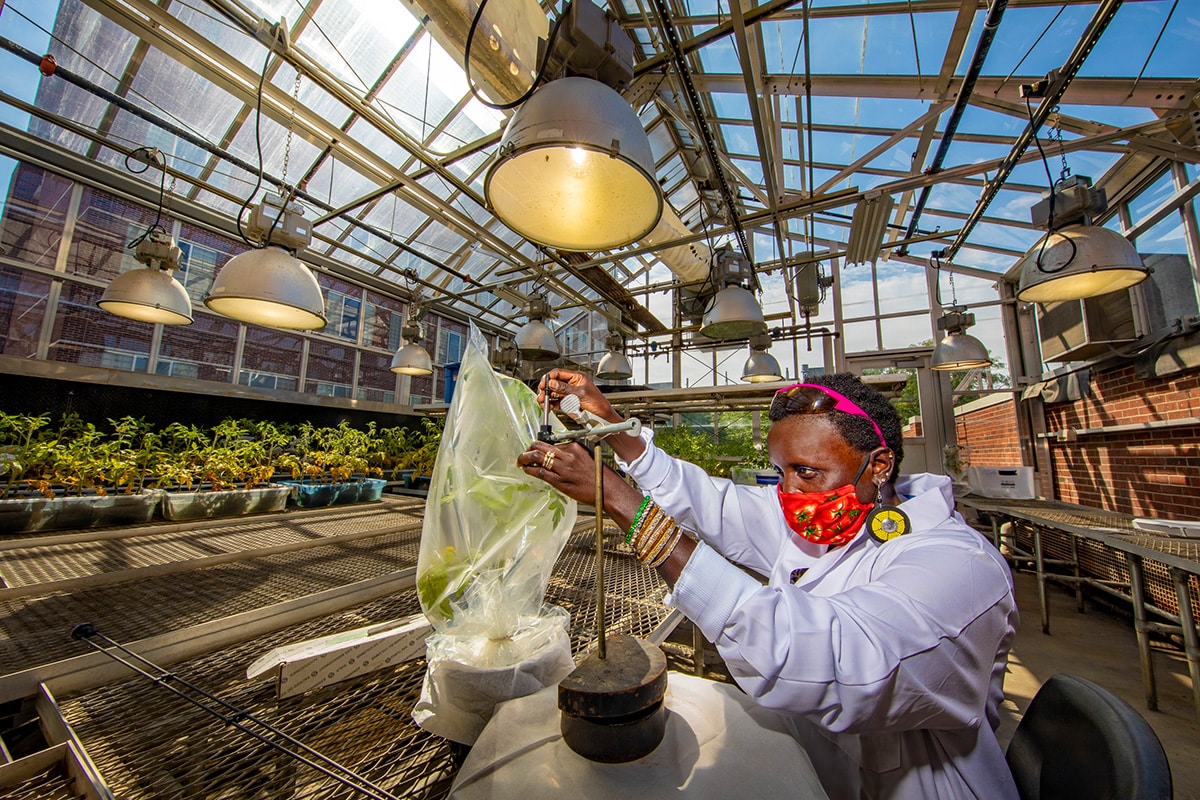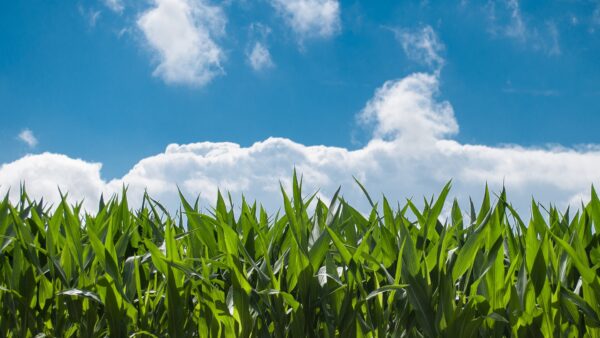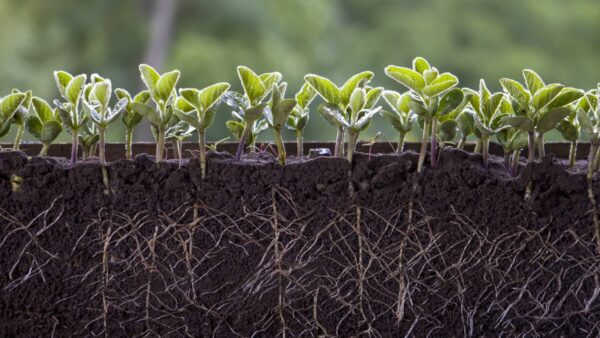They are studying how flooding threatens tomato plants and future crop resilience.
In the rooftop laboratory of Morrill Hall, Esther Ngumbi, an entomology professor at the University of Illinois Urbana-Champaign, faces the challenge of making her voice heard over the roaring greenhouse fans. The benches around her are filled with struggling tomato plants. Some are submerged in water, with yellowing leaves and withering stems, while a few have managed to produce small, fragile tomatoes. It’s a distressing scene, but this is all part of Ngumbi’s deliberate experiment, detailed in a UI news release, to test how these plants respond to flooding—a growing concern for farmers due to climate change.
“In nature, there are many stressors on plants during flooding,” Ngumbi explains. “Once the tomatoes get flooded, they’re already weak, so most likely they will be attracting insects, which like to eat weaker plants. We’re investigating how the plants deal with the combined stress of flooding and herbivory.”
Adding to the plants’ stress, Ngumbi has introduced caterpillars—the larval form of Manduca sexta, also known as the tobacco hornworm—to munch on the leaves. This setup allows her to study how tomato plants, specifically the Cherokee purple and striped German varieties, cope with the dual pressures of flooding and insect attacks.
To better understand these interactions, Ngumbi’s team is also examining the role of soil microbes. “Within this experiment, we’re looking at the microbes,” Ngumbi says. “We want to understand how the microbial community changes in flooded conditions.” The plants are grown in soil sourced from an Illinois farm, with half of the samples inoculated with mulch designed to enhance mycorrhizal fungi, a critical component for plant health. Ngumbi aims to determine whether these microbes help the plants resist the hungry caterpillars.
Two years later, Ngumbi’s findings reveal significant differences in how the two tomato varieties react to stress. The research showed that both varieties had distinct gene expressions and emitted different volatile compounds when flooded compared to normal conditions. Interestingly, while herbivory did affect these emissions, flooding had a more profound impact.
Ngumbi’s work has only deepened her interest in how flooding affects plants. In a recent review published in Trends in Plant Research, she outlines the extensive damage caused by prolonged flooding. “Flooding is different from other climate-related stressors because it deprives plants of oxygen, an essential and indispensable element and substrate for plant growth and development,” she writes. This deprivation disrupts plant metabolism, hinders photosynthesis, kills beneficial bacteria, and encourages harmful pathogens in the soil, all of which weaken the plants’ defenses against diseases and pests like the tobacco hornworm.
Ngumbi also cautions that the rising frequency of floods could undermine years of progress in breeding climate-resilient crops. Flooding may negate the benefits of improved soil quality, microbial health, and even genetic engineering designed to help crops withstand stressors like heat and drought.
With flooding expected to intensify by 7% for every 1° C rise in global temperatures, Ngumbi emphasizes the urgency of understanding its impacts. Scientists must consider the role of flooding in order to “protect the monumental gains made in building climate-resilient crops,” she asserts.
Ngumbi is an affiliate of the Carl R. Woese Institute for Genomic Biology at the University of Illinois.











